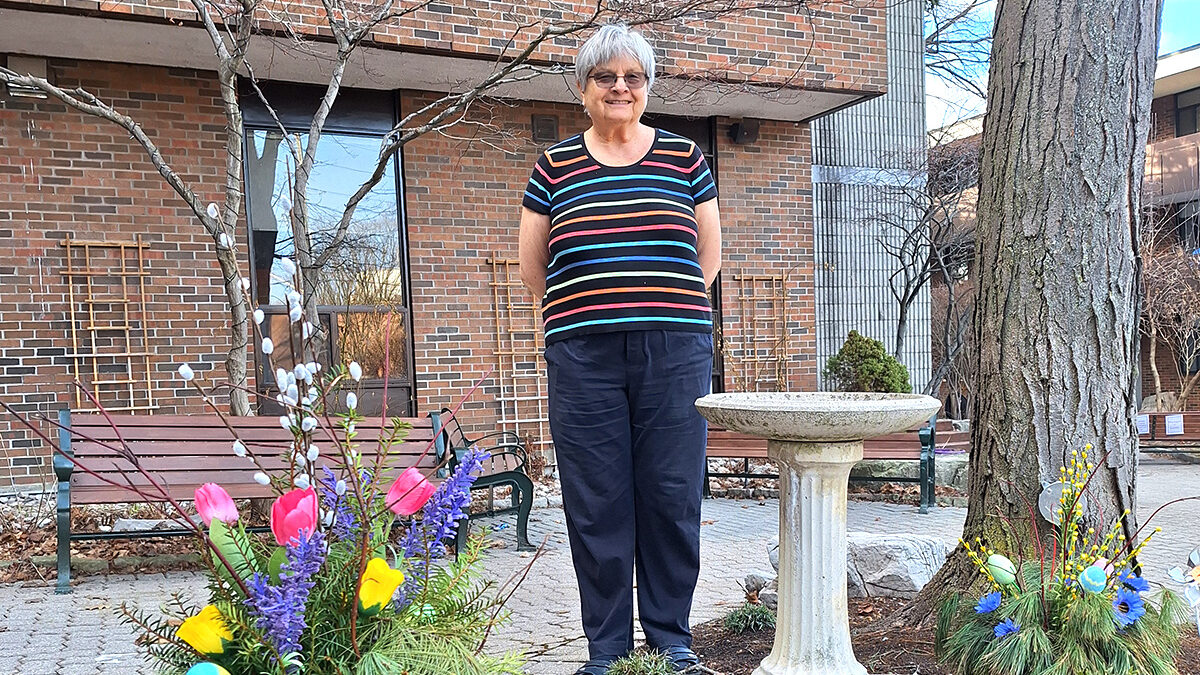Hiiu County in Estonia is in the process of creating a similar bike sharing network. Peep Lillemägi, board member of the Estonian nongovernmental organization Ungrukivi Selts, first proposed the idea back in 2020.
“Hiiumaa is a nice island in the sense that 20 kilometers gets you quite far,” Lillemägi told ERR. “The island is surrounded by a ring road; more and more people are coming here to share their lives between Tallinn and the island. [Having] six to eight bike rental stations, [with] some of them located in Hiiumaa's beautiful marinas, [will] give yacht tourists further options [to explore Hiiu county.]”
The twist: instead of standard, manual bikes, Lillemägi is opting to use Estonian-made Ampler brand electric bikes (or e-bikes), which have electric motors and rechargeable batteries, making long-distance pedaling much easier.
But in the midst of Estonia’s current energy crisis, where supply is low and prices are skyrocketing, one has to ask: what powers these bikes?
“In Heltermaa harbor and in Kõrgessaare, there are small houses called Trian-S that store energy with the help of solar panels, created by Tõnis Kasemägi, who operates in Hiiu County. Customers pick up bikes from these locations and return them when they are done to charge.
By opting to use solar-powered bikes, Kasemägi doesn’t have to rely on Estonia’s dwindling energy supply and high costs. “In Estonia, the average electricity price in July 2022 was 233.21 euros per megawatt hour, more than twice as much as in July 2021, when the average price was 83.78 euros per megawatt hour,” wrote The Baltic Times.
“The advantage of the [Trian-S] house is that it does not need Eesti Energia or other networks behind it,” said Kasemägi.
However, one common concern about solar-powered machinery is that its battery will deplete during a prolonged period of overcast, cloudy weather. But on a small island like Hiiumaa, it's unlikely that the battery will run out in a single day’s journey, even if the sun stays hidden.
“You can ride 50 to 70 kilometers with one full battery, and with that distance you can get quite far in Hiiumaa,” said Lillemägi to ERR. “These bikes are also such that if you manage to run out of battery, you can use it like a normal bicycle and crank it purely with bone steam, but the distances in Hiiumaa are so short, that this need probably won't arise – the battery can get everywhere,” explained Lillemägi.
Currently, Lillemägi has 12 Ampler bikes operating in the bike share across Hiiu County, but he plans on more than doubling that number in the near future.
If you’re planning on going to Hiiu County any time soon, be sure to check out Lillemägi’s bike share and zip across the island with style!
(For more information on Ampler e-bikes, read Vincent Teetsov’s article “Can e-bikes solve our transit challenges?” in the English section of Estonian Life Nr. 28!)
This article was written by Natalie Jenkins as part of the Local Journalism Initiative.



